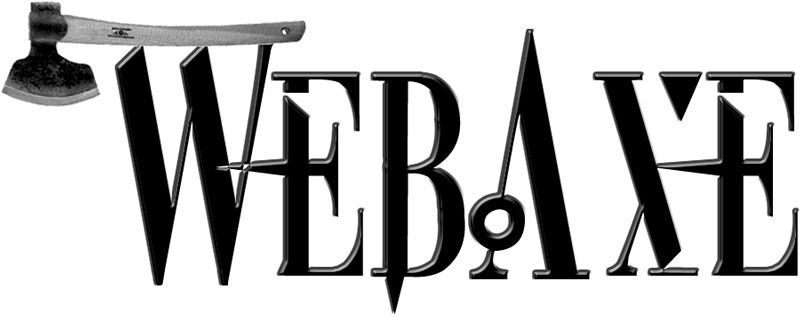In the post Test case: Speaking Special Characters from Access Matters, the author explains that proper markup for special characters is very important for screen reader users.
There are two excellent pages provides for testing special characters, for the character types UTF-8 and ISO-8859. Feedback is very valuable, so if you are able to test and leave a comment, that would be much appreciated.
We are interested in knowing how theses things are announced by as many screen readers as you folks can use. Please listen to either or both of the following test cases. Take notes on what you hear, and respond to this posting with your results.
For more information on marking up code for ideal aural interpretation, go to the Web Axe Podcast #58: Aural Style Sheets.
